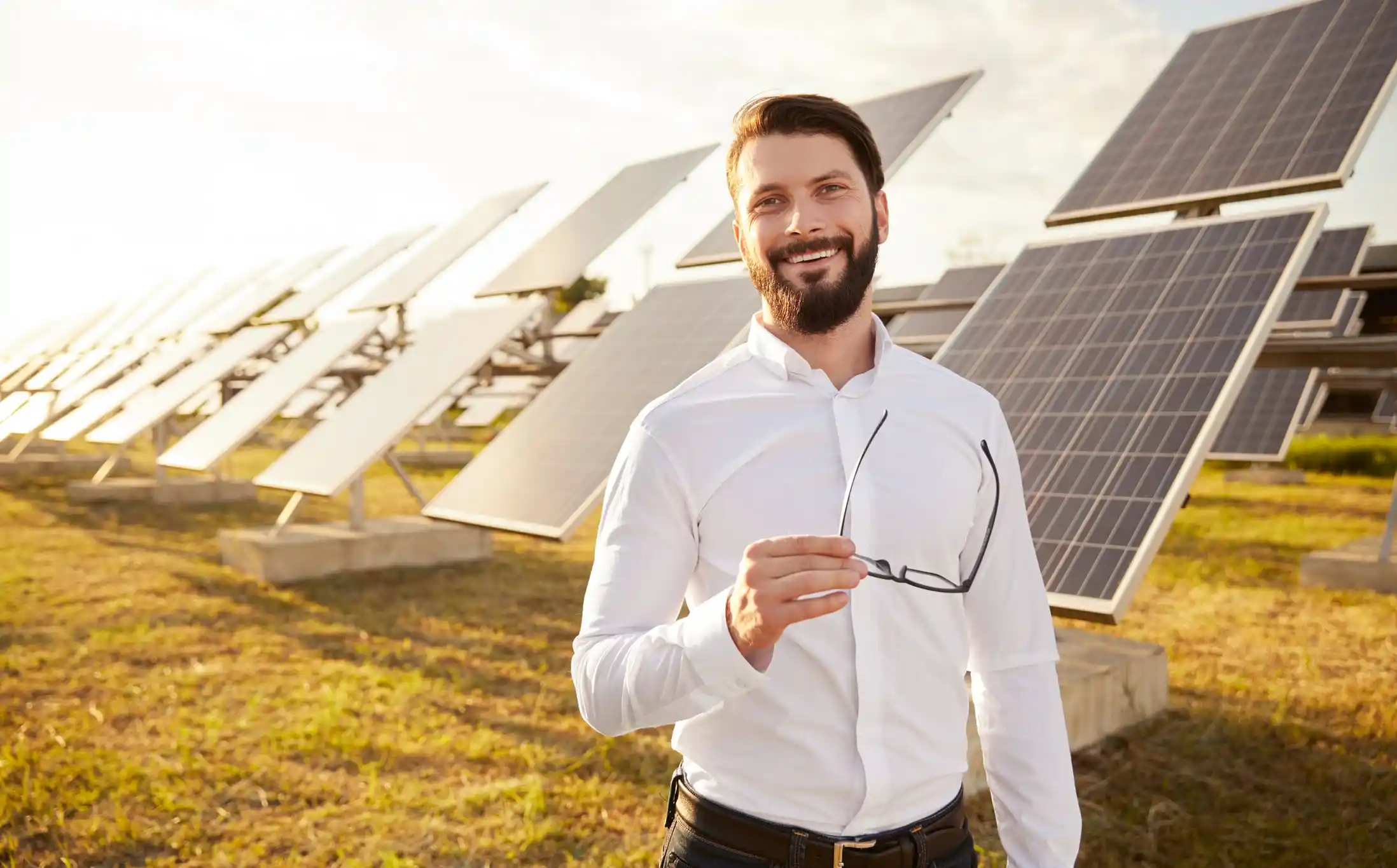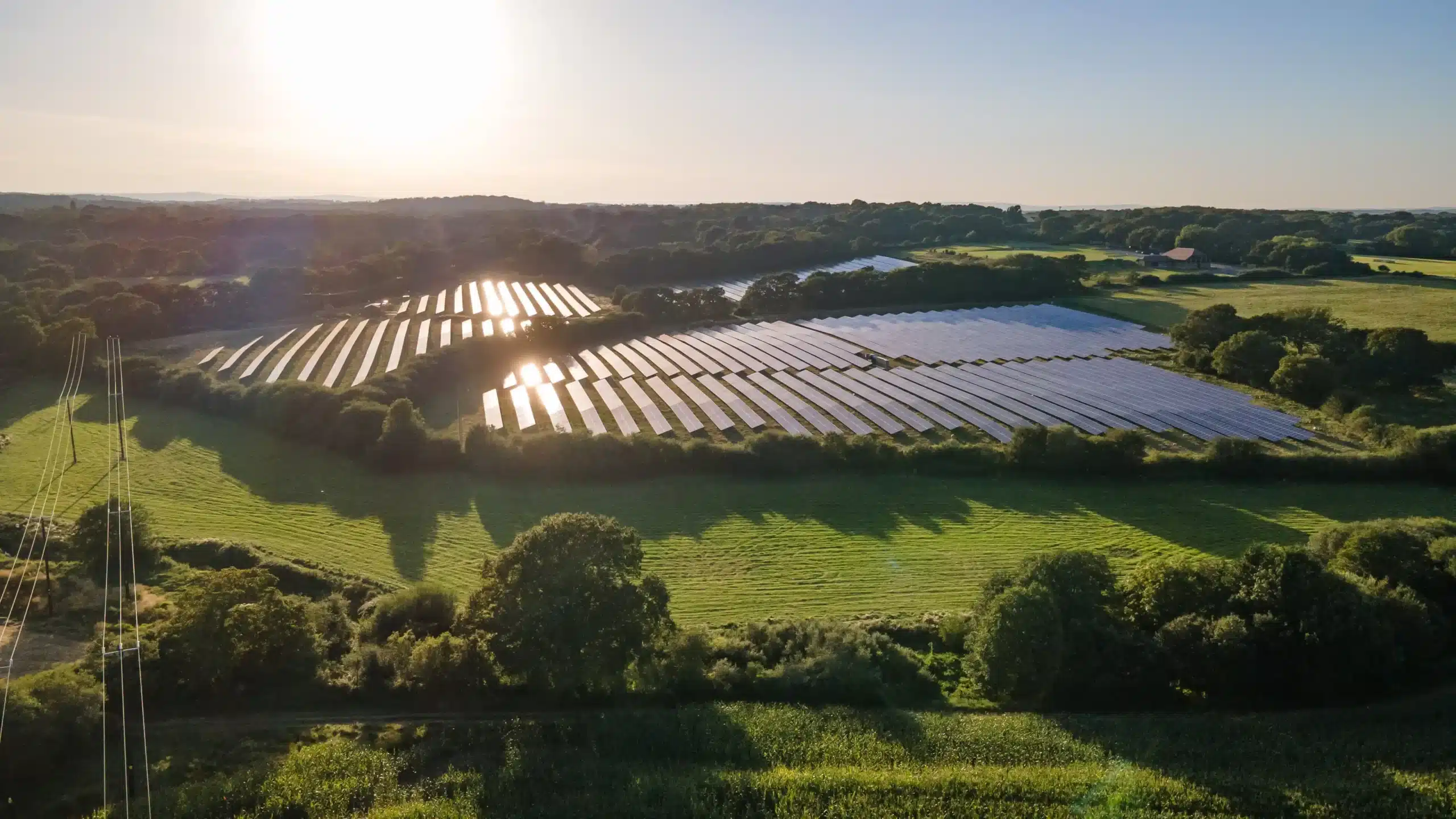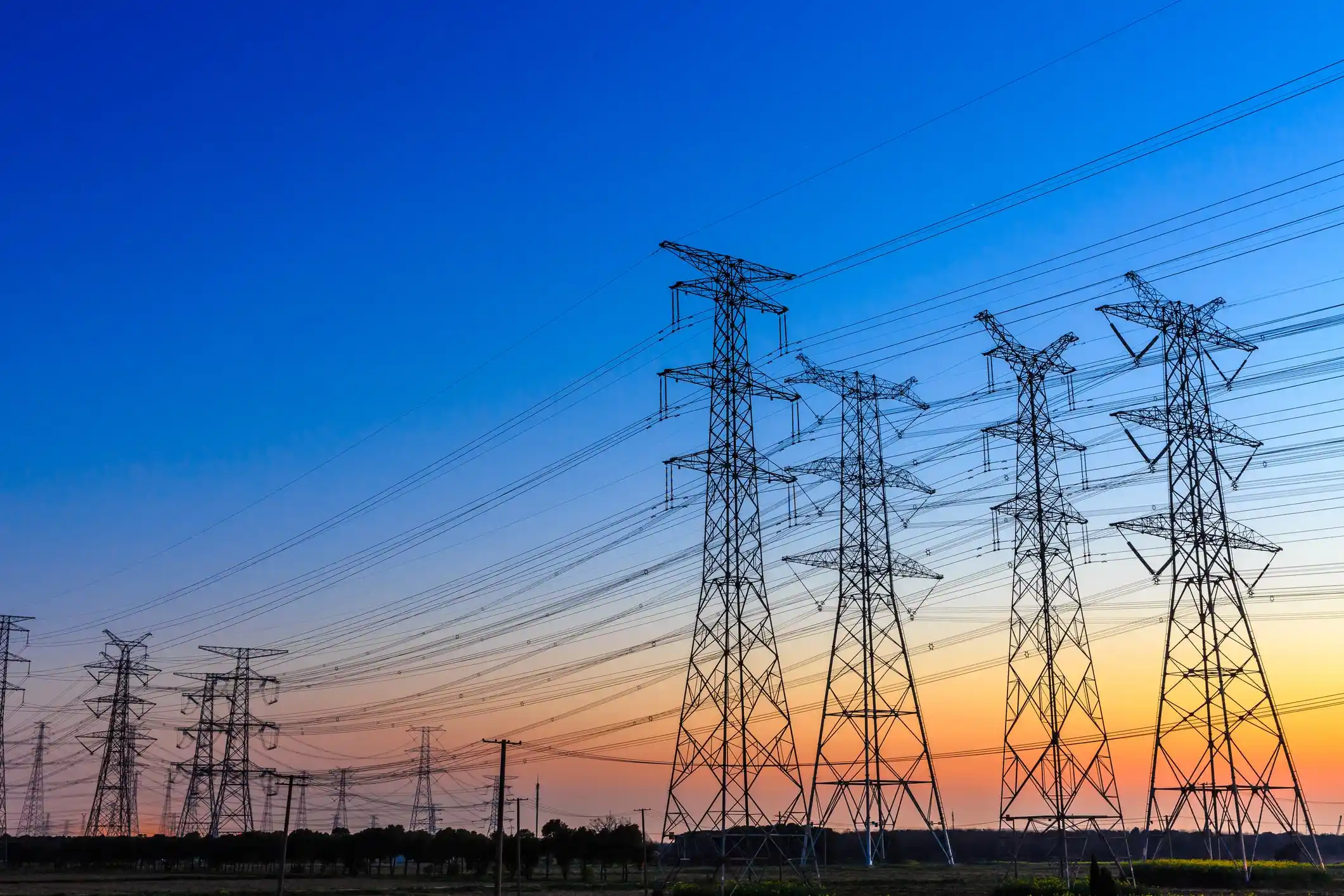POSTED
May 1, 2023
Tips for a Sustainable Future: Constructing an Environmentally Friendly Smart Home
By Chelsea Lamb. As the climate crisis worsens, more people are looking for ways to reduce their carbon footprint and create a more sustainable future. Building or remodeling a home to be eco-friendly and smart is one way to do that. Here are some tips for creating an eco-friendly smart home that will save you […]

By Chelsea Lamb.
As the climate crisis worsens, more people are looking for ways to reduce their carbon footprint and create a more sustainable future. Building or remodeling a home to be eco-friendly and smart is one way to do that. Here are some tips for creating an eco-friendly smart home that will save you money and help save the planet.
Use a Home Maintenance and Repair App
Before you start building or remodeling your home, it’s important to find the right contractors who specialize in eco-friendly and smart technologies. One way to do that is to use a home maintenance and repair app that connects you with local contractors who have experience in sustainable building practices. These contractors will know the best products and materials to use to create a sustainable and energy-efficient home. For example, Frontdoor helps you manage your home and connects you with reliable well-reviewed contractors.
Insulate Properly to Conserve Energy
Proper insulation is crucial to conserving energy in a home. Insulated walls, floors, and ceilings will keep your home warm in the winter and cool in the summer, reducing your energy bills and your carbon footprint. Insulation made from eco-friendly materials like recycled denim, wool, or cellulose is a great option for an eco-friendly home.
Install Energy-Efficient Windows and Doors
Energy-efficient windows and doors are another important feature of an eco-friendly home. Look for windows and doors made from materials like wood, fiberglass, and vinyl, with double or triple-pane glass, and low-emissivity coatings. These products will keep your home well-insulated and reduce energy usage.
Install a Smart Thermostat
Smart thermostats are a game-changer when it comes to energy conservation. These devices let you control your home’s heating and cooling systems from your smartphone or tablet, allowing you to adjust the temperature remotely and only use energy when you need it. Smart thermostats also learn your habits and adjust your home’s temperature accordingly, saving energy and reducing your carbon footprint.
Use Low-Energy Lighting
Lighting accounts for a significant portion of a home’s energy usage, so it’s important to choose low-energy lighting options. LED light bulbs are a great option for an eco-friendly smart home, as they use 75% less energy than traditional incandescent bulbs and last up to 25 times longer.
Install Solar-Powered Devices
Solar power is a clean and renewable energy source that can significantly reduce your home’s carbon footprint. Installing solar-powered devices like outdoor lighting, window shades, and garden fountains is an easy and affordable way to incorporate solar power into your home. If you’re ready to go big, consider installing solar panels on your roof to power your home’s electricity needs. Be sure to keep your solar panels clean and free from debris to maximize their efficiency and output.
Use Recycled Materials Where Possible
Choosing recycled materials like reclaimed wood, recycled steel, and recycled glass is a great way to reduce your home’s environmental impact. These materials are often less expensive than brand-new materials and are just as strong and durable.
Install a Smart Sprinkler System to Save Water
Water conservation is just as important as energy conservation when it comes to creating an eco-friendly smart home. Installing a smart sprinkler system that automatically adjusts to the weather and only waters your lawn and garden when necessary can save up to 50% on water usage.
Reduce Waste by Composting and Recycling
Lastly, reducing waste is a crucial part of creating an eco-friendly home. Composting your kitchen scraps and yard waste is a great way to reduce the amount of waste that goes to landfills, while also creating nutrient-rich soil for your garden. Recycling is another easy way to reduce waste and conserve resources. Be sure to have designated recycling bins in your home and educate your family on what can and cannot be recycled in your area.
Creating an eco-friendly smart home may seem like a daunting task, but by following these tips and using a home management app to work with local contractors who specialize in sustainable building practices, you can create a home that is both energy-efficient and environmentally friendly. Not only will you save money on energy bills, but you’ll also be doing your part to create a more sustainable future for generations to come.





